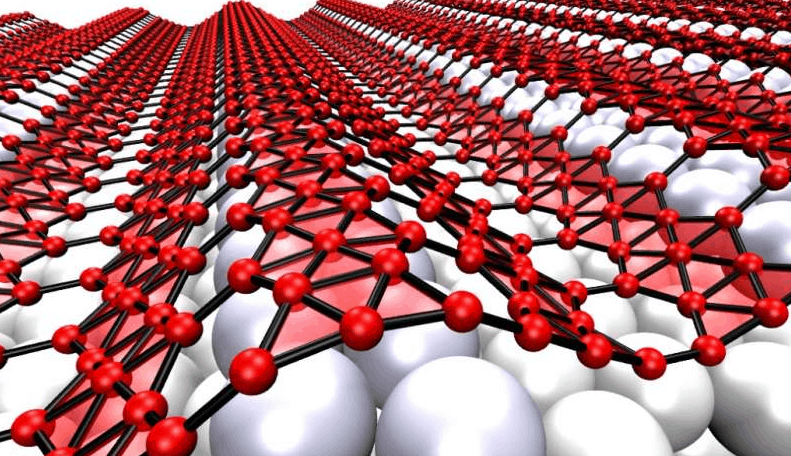
Scientists at Rice University believe the atom-thick substance - known as borophene – has the potential to outperform graphene due to the undulating structure it takes on when grown on a silver substrate. Once transferred to an elastic surface, that structure remains intact, providing a flexibility that graphene can’t match. According to the research, published in the journal Nano Letters, this makes borophene a promising material for wearable electronics.
"Borophene is metallic in its typical state, with strong electron-phonon coupling to support possible superconductivity, and a rich band structure that contains Dirac cones, as in graphene," said Rice physicist Boris Yakobson.
Yakobson believes that highly-conductive graphene does have some potential for wearables, but may be too stiff for devices that need to stretch, compress or twist. However, the nanoscale corrugations that borophene develops when deposited on a silver substrate make it an ideal candidate for flexible electronics.
When grown on a featureless surface, borophene does not take on this wavy form, and its natural structure resembles the chicken-wire arrays of carbon atoms in graphene. But the silver substrate induces the corrugations, with the silver actually reconstructing its surface to match the undulating boron. Those corrugations can be retained by "re-gluing" the boron onto another substrate.
“This wavy conformation so far seems unique due to the exceptional structural flexibility and particular interactions of borophene with silver, and may be initially triggered by a slight compression in the layer when a bit too many boron atoms get onto the surface," said first author Zhuhua Zhang, a postdoctoral researcher in Yakobson's group.




April 1886: the Brunkebergs tunnel
First ever example of a ground source heat pump?